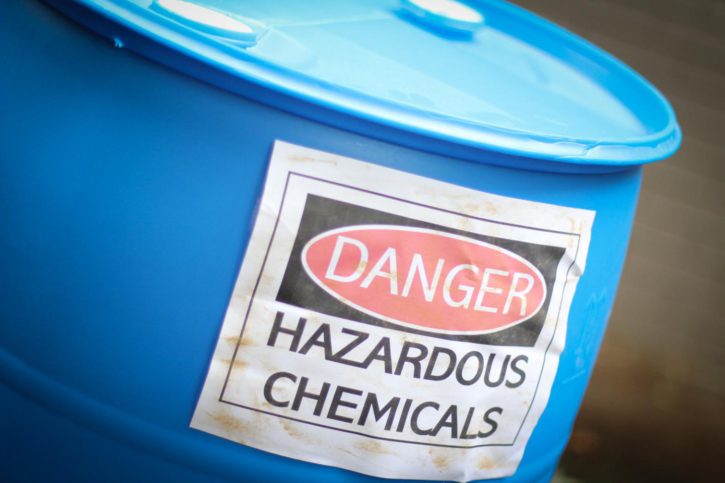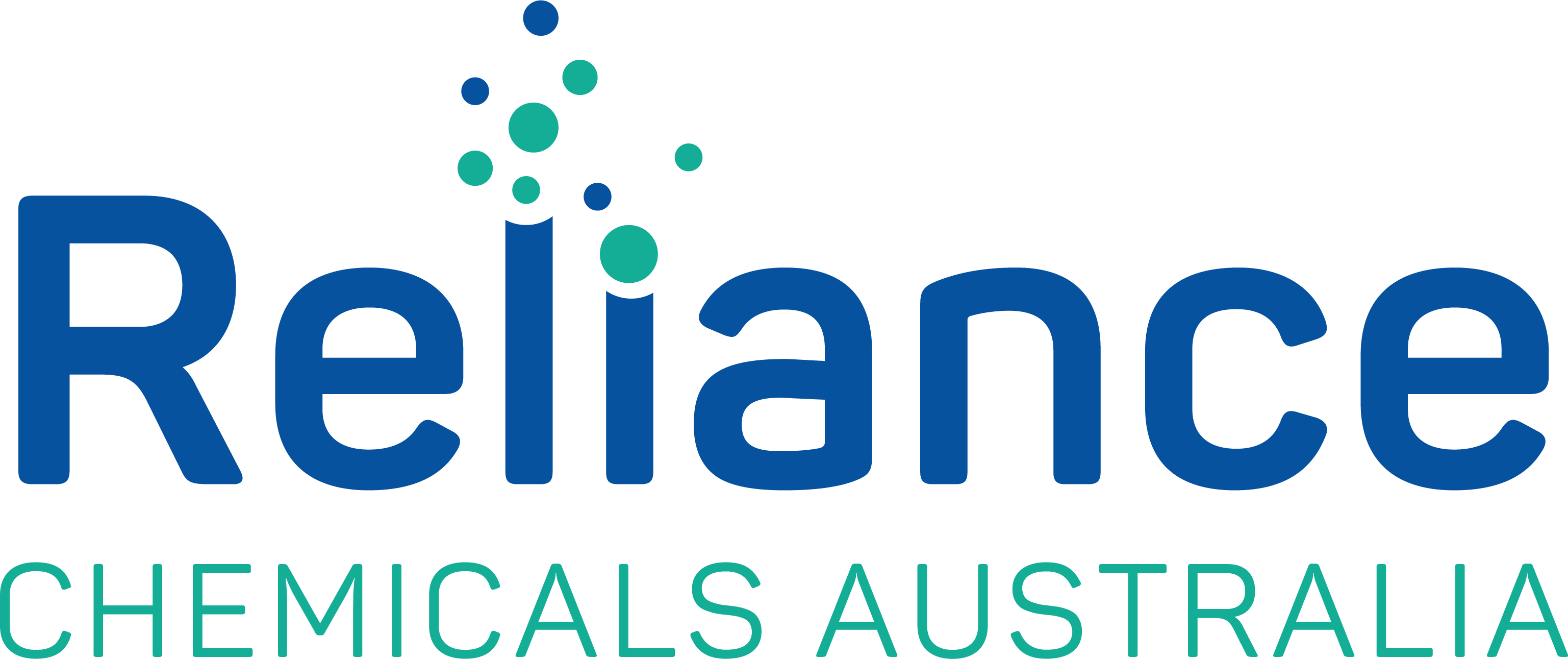
- by
- Automotive
5 Hazardous Automotive Chemicals to Be Aware of
Introduction
Being cautious about your health and safety is totally perfect. Not being aware is just carelessness. And workplace safety should be the top priority. In the automotive industry, workers need to deal with heavy chemicals. Some of them are quite dangerous when spilled or wrongly handled. Accidents can take place anytime. That is why a worker needs to know the essentials first. We have gathered a list of 5 hazardous automotive chemicals that are used on a regular basis in the automotive industry.
Let’s have a glance at them-
Hazardous Automotive Chemicals: Be Alert
Some chemicals are so tough and hazardous that you can still be in danger with every type of precaution. Only proper knowledge and a heads up on the chemicals are the only way through.
So, here’s the top 5 hazardous automotive chemicals that you need to be aware of-
Asbestos
Asbestos is a very common chemical substance that you can find in brake drums of your ride. Every time you press the brake on your running ride, asbestos dust get exposed in the fresh air.
Workers are often exposed to the same dust in the workshops. They often inhale it inside. And unfortunately, asbestos can damage human health in the long run.
If any human is exposed to asbestos for a long time, there’s high chance getting diagnosed with cancer. Asbestos will find it’s way towards the lungs and destroying it gradually.
It can also get inside of human body through ingestion. Workers often forget to wash their hand and grease stays on. And the grease can keep the asbestos stuck to their hand, which later on get in with their devoured food.
Most of the time, it’s too late before you even realize that you’re a mesothelioma patient. Because this can stay dormant for ages inside human body.
Many car parts like the brakes, clutches, hood liners, gasket material, valve rings and heat seals can contain asbestos.
Here are a few common symptoms that might appear when overly exposed to asbestos-
- Breathing Issues: When it’s time for the human body to react, the workers are more likely to face breathing issues. This can be the first indication that the affected person’s lung is full of asbestos deposits.
- Bloated Arm and Face: This indicated that the cancer is affecting all the other parts of the prey’s body. Immediate medical attention is required in this case.
- Pains in Chest and Back: Sometimes, we overlook chest and back pains. Some assume that it’s because of too much physical activities. But chest pain medically indicates a fluid buildup on the right of your lungs. This has an influence on the back pain too.
Antiknock Agents
A performance booster is always appreaciated in the automotive industry. Antiknock agents can be considered as a performance booster that improves the general performance and the fuel efficiency.
MMT or aka Methylcyclopentadienyl Manganese Tricarbonyl is the main element of an antiknock agent. Moreover, there are ketone solvents involved in most of them.
These compounds are extremely hazardous and cause several health issues. Mostly the kidneys and liver are in danger in this case.
MMT can be inhaled, swallowed or absorbed by human skin. If splashes get into your eyes, use loads of water or wash stations to iradicate it.
Manganese
Welders and the auto mechanics are at huge risk because of manganese. It has the potential to damage the human central nervous system. All it needs is a path to human bloodstream. Mostly it goes in when you’re inhaling.
Manganese causes a medical situation that is known as manganism. It’s a neurological syndrome that is caused by a long term exposure to manganese.
A few of the symptoms are-
- Psychiatric challanges like hallucinations
- Constant nervous feeling
- Damaged coordination and motor skills
- Grumpy behaviour
This disease is often confused with Parkinson’s disease because of the similar symptoms. It takes 5 to nearly 20 years of manganese exposure to manifest the symptoms.
Lead
Lead is heavily used over the automotive industry. This becomes a poison when transforms to fumes or dust.
Most mechanics are exposed to lead dust and fumes while welding, painting different parts, working on the radiators or using lubricants.
Lead poisoning is real and the effects are irreversible. Neurological damage is the ultimate result.
Like all the other hazardous elements, it also damages the lungs. Muscle pain, constipation, diarrhoea, depression and abdominal discomfort are often triggered by the poisoning.
Moreover, the workers might have to deal with gastrointestinal or neuromuscular issues.
Some of the symptoms include-
- Numbness and discomfort
- Impaired coordination and depression
- Short term memory loss
- Barrier in concentration
Solvent Fumes
Benzene, xylene and toluene are some of the most harmful solvents. Haematological distortions are the end result for a human being after being highly exposed to these solvents.
However, most solvents found in the automotive industry are toxic. So, imagine how much the workers are exposed to in a daily basis. Loads of the solvents do come with high risks.
Solvent fumes also have the potential to cause brain damage in the long run. Mechanics should seek medical attention instantly if they face issues with breathing.
Some of the effects include-
- Lightheaded feeling
- Numbness
- Noisy breath
- Headache
- Chest discomfort
- Eye, throat, and nose irritation
- Vomiting
Conclusion
Well, that’s all on the most common hazardous automotive chemicals. The automotive industry is quite full of them.
However, workers should take any step that is possible for their safety. At least precautions can reduce the damage bar.
So, it’s essential for them to always wear the proper safety gears before taking any work in hand. The industry should make that a top priority.

